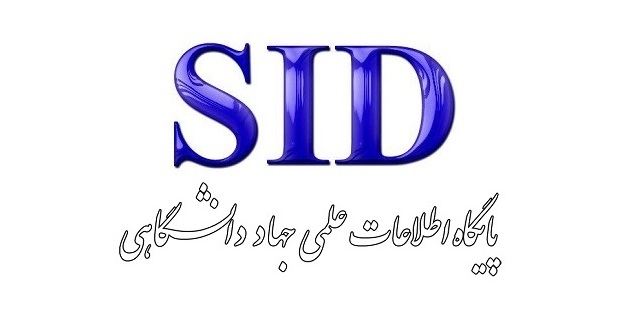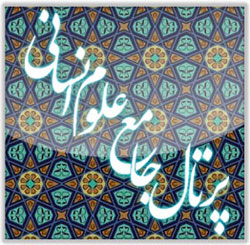The Role of Ritual Arts in Audience Interaction, Participation, and the Reproduction of Identity and Culture: Field-Based Pardeh-Khani
Keywords:
Ritual arts, Pardeh-Khani, interaction, audience, sustainable development, cultureAbstract
Pardeh-Khani, as one of the Iranian ritual ceremonies, is among the oldest forms of solo and traditional performances with significant potential in the field of interactive arts in Iran and globally. Ritual performance art serves as a unique communicative tool and method, holding a significant role and position in the indigenous cultures of nations. The present study seeks to explore the nature of the audience’s relationship with the performative work in Pardeh-Khani and the capacity of this art form to actively and effectively engage the audience. Additionally, it investigates whether the reproduction of identity and cultural themes within ritual arts is achievable through Pardeh-Khani. Therefore, the role of ritual arts in interactive and participatory models with the audience is examined within the framework of field-based Pardeh-Khani. The study further analyzes the elements of Pardeh-Khani separately, including the Pardeh-Khan (storyteller), the Pishkhan (narrative prologue), and the Pardeh (curtain), as well as the methods of audience engagement with the performance. This study is based on a descriptive-analytical research method. The sources of research and data collection methods include library resources and field observations. According to the findings of this research, the authors have designed a sustainable development model in which ritual arts can contribute to the revival and reinforcement of contemporary social identity and the enhancement of collective unity, ultimately leading to a form of sustainable development. The results of this study indicate that field-based Pardeh-Khani facilitates active engagement with the audience. Moreover, the identity, cultural, and ritual dimensions of this art form can contribute to sustainable development and the lasting presence of its themes within society.







